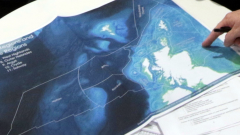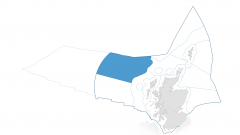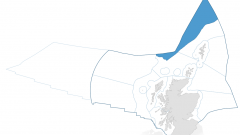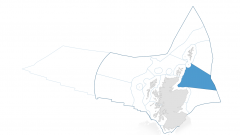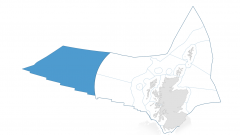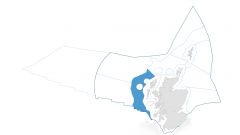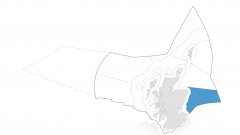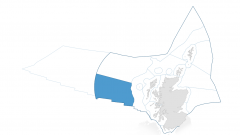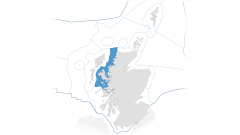Pressures from activities
Human activities are having an impact on the seas around Scotland. Key to delivering the vision for Scotland’s seas is identifying the activities which are causing the greatest pressures in each of the 21 marine regions. This is because it is the human activities that can be managed to minimise or eliminate the pressure. Some activities may require regulation to do this whilst others can be undertaken through use of good practice rather than regulation. This section of Scotland’s Marine Assessment 2020 presents details of the process which was conducted to identify the key pressures in each region and any trends in the pressures over the period 1 January 2014 to 31 December 2018 together with the outcomes from the process. Before, during and after the workshop that was organised to review the data and compile the assessments, it became clear that there were limited quantitative data in respect of determining trends in the pressures. It was decided that the lack of data precluded the determination of trends in the pressures, something that should be considered as a data/knowledge gap which needs to be addressed to allow trends to be determined in the future.
As outlined in the Process (see below) the main human activities causing the greatest pressures were identified in each marine region (Scottish Marine Region (SMR) and Offshore Marine Region (OMR)). Although such assessments have been attempted in the past, there is no formal process that is internationally recognised for delivering such information. In part this is because the assessment of pressures resulting from individual human activities and then ranking the various pressures is fraught with challenges. As expert judgement is a key component of these assessments it is essential that the process be fully documented. To ensure transparency, the process which was used to deliver the regional assessments of activities and pressures is presented in the section ‘The process’. The results of the process for each of the 21 regions are presented in the Assessment tiles at the bottom of this page.
The assessment of pressures only considers those human activities that directly have an impact on the marine environment. Indirect pressures were not assessed, such as the effect of CO2 emissions into the atmosphere, as well as other greenhouse gases, which can indirectly influence the marine environment through climate change and ocean acidification. Pressures were assessed singularly, with multiple activities, in some instances, combining to affect the intensity and geographic distribution of a single pressure. The cumulative effect of multiple pressures on the marine environment was not considered within the assessment framework due to the complexity of the likely interactions (additive, synergistic and antagonistic) involved.

Fishing vessel Lunar Bow hauling the net, an example of ‘Fishing’, one of the 15 activity categories on FeAST © John Dunn, Marine Scotland.

Wellboat delivering salmon to Shetland, an example of ‘Aquaculture’, one of the 15 activity categories on FeAST © Adrea Warwick, Marine Scotland.


